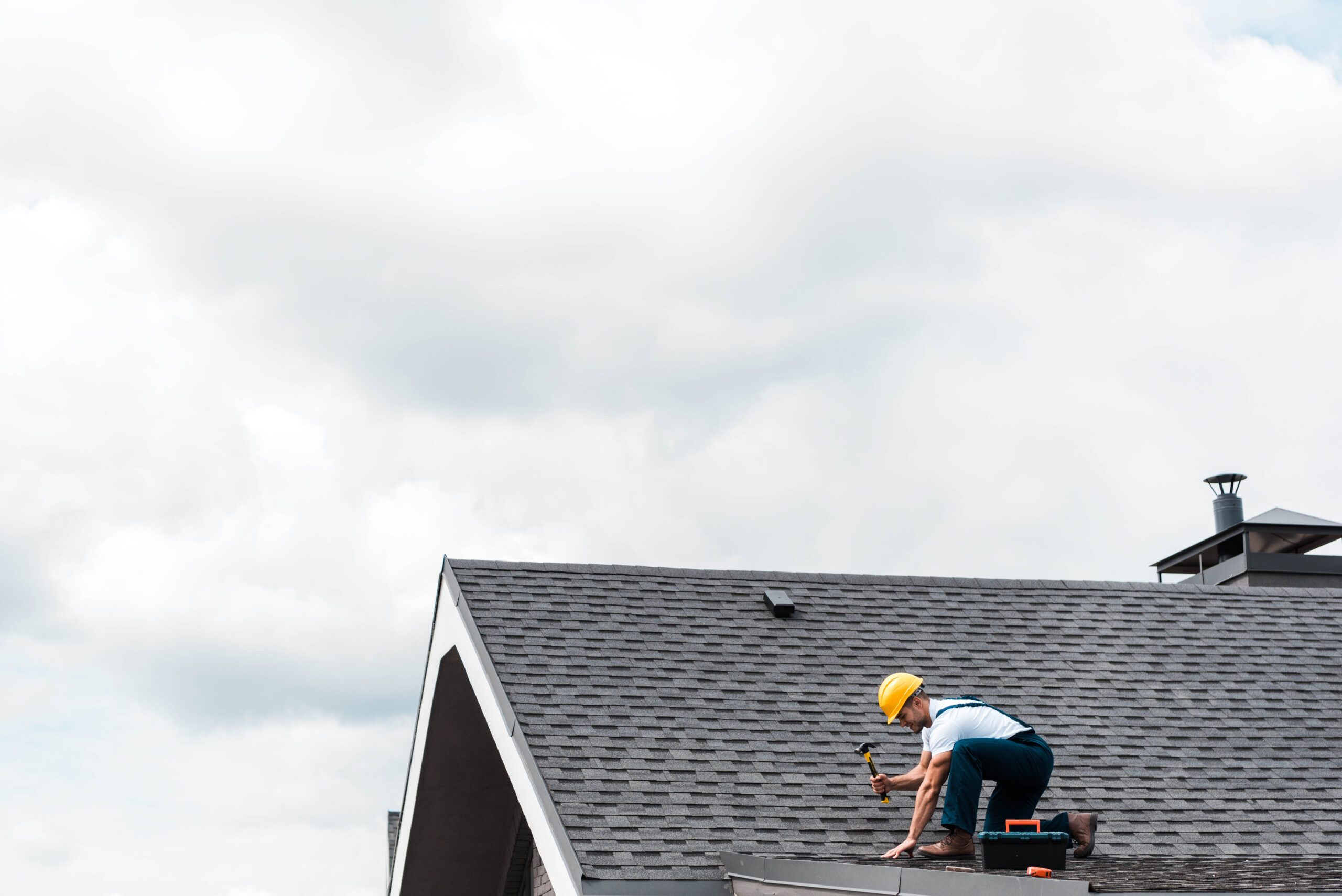Owning a home is often seen as a smart investment, but it comes with expenses that can catch even the most prepared buyers off guard. From roof leaks to broken water heaters, unexpected repairs can drain your savings if you’re not ready. Planning ahead for these hidden costs makes homeownership less stressful and helps you avoid financial surprises.
Why Homeowners Face Hidden Costs
Unlike renting, where a landlord covers repairs, homeowners are responsible for everything. That includes maintenance, replacements, and emergencies. On top of that, property taxes and insurance can increase yearly, adding to the financial strain. These hidden costs aren’t optional—they’re inevitable. The good news is that with smart budgeting, you can be prepared.
Common Hidden Costs Homeowners Should Expect
Roof Repairs and Replacement
Roofs typically last 20–30 years, but storms, leaks, or missing shingles can lead to sudden expenses. Small repairs may run a few hundred dollars, while full replacements can cost $8,000–$15,000 depending on the size and materials.
Appliance Replacements
Refrigerators, washing machines, and stoves don’t last forever. Most major appliances need replacing every 10–15 years. A new fridge alone can run $1,000–$3,000, making it important to plan for staggered replacements.
HVAC System Costs
Heating and cooling systems are essential but costly. Annual servicing can prevent breakdowns, yet even with good care, most systems last 12–20 years. Replacement can cost $5,000–$12,000.
Plumbing and Water Issues
Leaks, burst pipes, and water heater failures are among the most expensive surprises. A new water heater averages $1,200–$2,500 installed, while major plumbing repairs can exceed $5,000 if water damage spreads.
Property Taxes and Insurance Increases
Even if your mortgage payment is fixed, your property taxes and insurance premiums may rise. Depending on your location, annual increases can add hundreds—or even thousands—per year.
Pest Control and Landscaping
Termite damage, rodent infestations, or invasive tree roots can cause major problems if ignored. Preventive pest control costs around $400 annually, but untreated infestations can run well into the thousands.
Average Lifespan and Cost of Common Home Components
| Item | Average Lifespan | Replacement Cost Range |
|---|---|---|
| Roof | 20–30 years | $8,000–$15,000 |
| Water Heater | 8–12 years | $1,200–$2,500 |
| HVAC System | 12–20 years | $5,000–$12,000 |
| Refrigerator | 10–15 years | $1,000–$3,000 |
| Washer/Dryer | 8–12 years | $800–$2,500 |
| Dishwasher | 7–10 years | $500–$1,200 |
Knowing these timelines helps you anticipate and save before replacements are due.
How to Budget for Hidden Costs
Build a Home Maintenance Fund
Financial planners often recommend setting aside 1–3% of your home’s value each year for maintenance and repairs. For a $250,000 home, that’s $2,500–$7,500 annually. Keeping this money in a high-yield savings account ensures it’s available when needed.
Prioritize Preventive Maintenance
Routine upkeep—like cleaning gutters, servicing your HVAC, and checking for leaks—reduces the chance of costly emergencies. Spending a little upfront often saves thousands down the road.
Spread Out Replacement Costs
Keep a list of your home’s appliances and systems with purchase dates. This way, you can anticipate when each item may need replacement and avoid being hit with multiple expenses at once.
Shop Smart for Repairs
Always get multiple quotes for large repairs or replacements. Sometimes a repair can extend the life of a system instead of a full replacement, and shopping around ensures you’re not overpaying.
Emergency Preparedness
Even with planning, emergencies happen. Burst pipes or electrical failures can’t wait. Having an emergency fund specifically for home repairs prevents you from relying on credit cards or loans, which only add interest to an already stressful situation.
Wrapping It Up
Homeownership is rewarding, but it comes with hidden costs that renters never face. By budgeting for roof repairs, appliance replacements, and rising taxes, you can protect your finances and enjoy your home with confidence. A little preparation today ensures that when the unexpected happens, it won’t break the bank.
Sources
National Association of Home Builders (NAHB)
U.S. Department of Housing and Urban Development (HUD)
HomeAdvisor Cost Guides
Consumer Reports Appliance Life Expectancy Data
